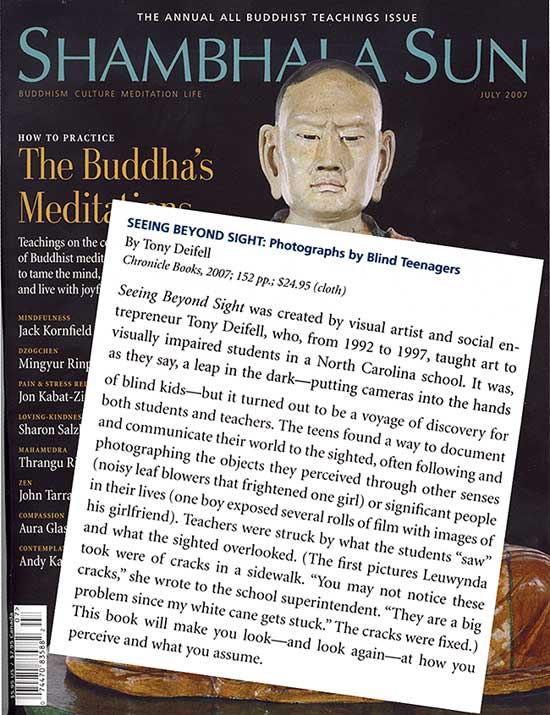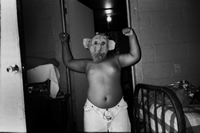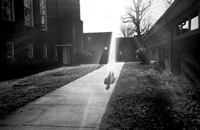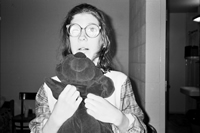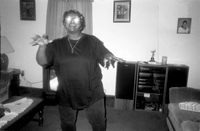Faith & Seeing
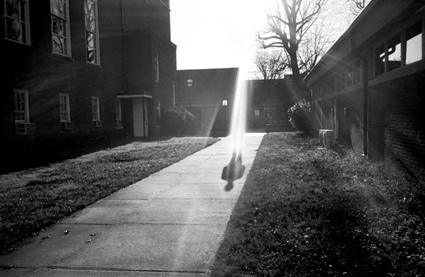
The metaphors from Seeing Beyond Sight find resonance across various religious beliefs. Below you will find examples of how the stories from the book have been used in Jewish, Christian, Buddhist and other traditions.
If you deliver a faith-based message using stories from the book, contact us and we'll be happy to consider including it for many others to see.
Hide and seek: seeing beyond sight
Excerpt from Yom Kippur message by Rabbi Will Berkovitz
September 21, 2007

"My photographer friend Tony lead me to the Washington Post story because it related to a book project that was consuming him. He had been reflecting on the nature of sight and shadows after spending five years teaching blind students the art of photography. While looking over the photos my friend found himself compelled not only by what his blind students had created but what it had to say about our own lack of vision. He asked one student, “How do you not cut people’s head’s in your photos?” The student replied, “Just ask people where they are? These blind students had learned what we need to learn, how to see deeply by listening closely to our world.
The Talmudic word for blindness is sagi nahor. The literal translation is not blindness, but great light. It is as if the rabbis are saying that people become blinded by seeing too much. Or too much of the same thing. The people in the Washington subway couldn’t see or hear the violinist because they have walked those steps so many times that they lost the ability to encounter anything unexpected."
Tao of Photography
Excerpt from Andy Ilachinski's Learning to See from the Blind
January 19, 2009
"I was thinking that it would be sort of hard for a blind person to take pictures, but it's not very hard. You've just got to listen." (John V., student, quoted on p48 of Seeing Beyond Sight).
When the "feel is right" - when everything is in its place, when all the compositional elements have snapped into their positions, the shadows and forms are just where they all must be, and when, for the blind, the warmth of the sunlight on the wall is just so, the wind has quieted down, and is no longer heard, the reverberations of distant footsteps are no longer felt, and the texture of the floor is just the right mix of smooth and rugged against the palm of the hand, then we hit the shutter.
In truth, the sighted photographer responds no more to purely visual stimuli than does the blind photographer. All photographers, whether they do so consciously or not (and whether they are aware of it or not) depend on all of their senses to reach that wonderful instant when the shutter goes "click." One can argue that blind photographers, precisely because they do not respond directly to visual stimuli, are actually closer to the core truths and realities that lie beyond the light than photographers who must work their way through to truth (by brute force, so to speak).
Anyone can take a picture of a tree; because that is what is in front of the camera. It takes an artist to use the image of the tree to show you something else about the tree, or something else entirely that has nothing do with the tree per se. Since the visually impaired photographer has difficulty seeing the tree as a tree - indeed, the blind photographer does not see a tree at all - other associations and meanings must necessarily arise that, ultimately, result in some inner train of thought / intuition that concludes with the photographer making the camera go click.
Read more on Andy Ilachinski's Tao of Photography
Dialogue Sermon
Dr. Jey Deifell & Tony Deifell
First Church of Christ in Wethersfield, CT
April 29, 2007
Components to the service:
Music: Hymn 532 — Be Thou My Vision
Call to worship: Matthew 13:14, 16 & 25:40, NRSV)
Scripture reading: Romans 14:13-238
Shambhala Sun
"This book will make you look —and look again—
at how you perceive and what you assume."
Physics & Seeing
"Is it so hard to believe that the blind can take beautiful pictures? Perhaps. But, may be not. Let’s explore our senses and see what we might find."
(see full post)~ David S. Mazel
